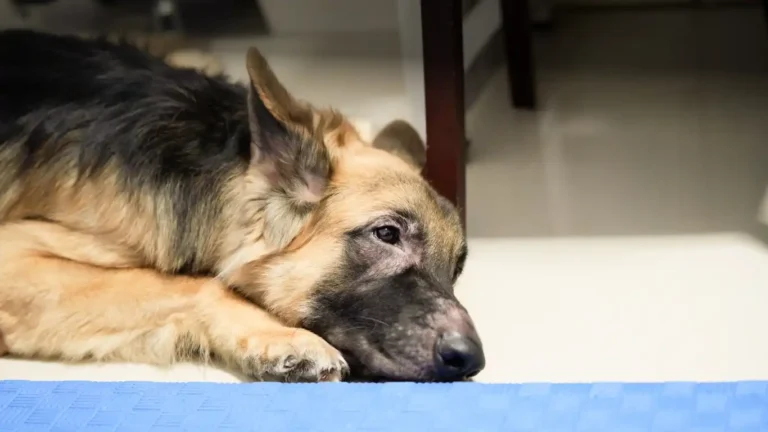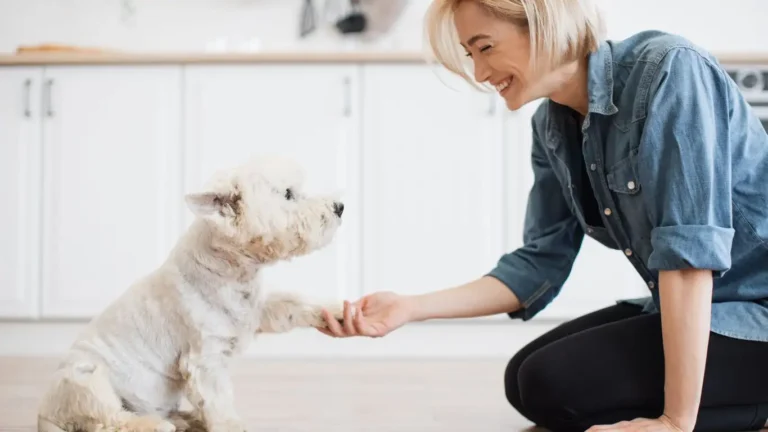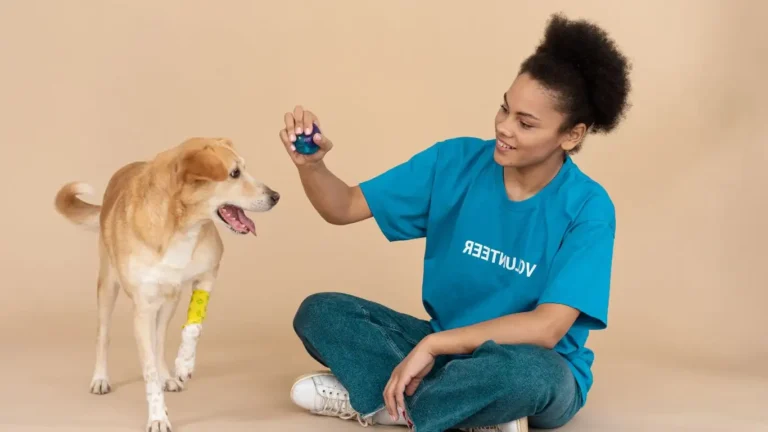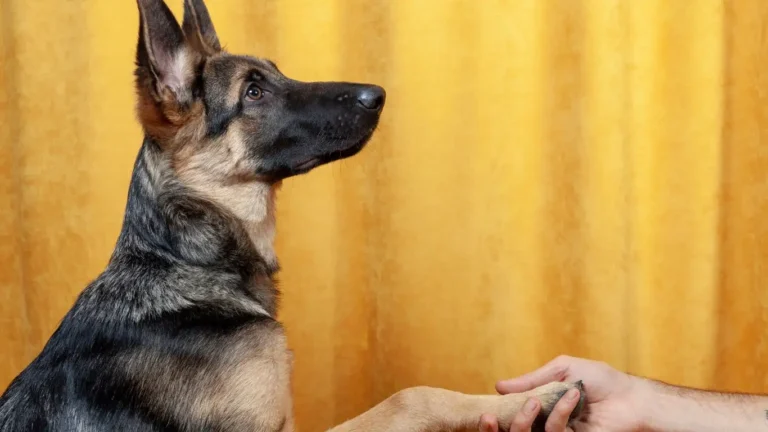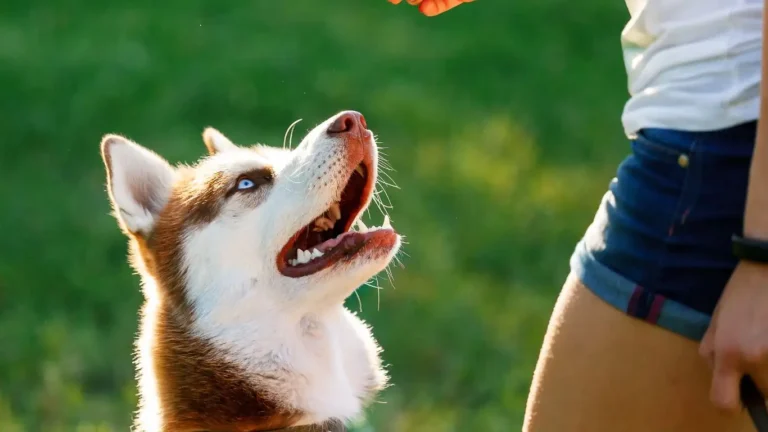Stop Resource Guarding Food: Train Your Dog with Proven, Gentle Techniques
Let’s talk about something every dog owner has probably witnessed at some point — that intense moment when your pup freezes, growls, or guards their food bowl like it’s a pot of gold. Yep, we’re diving into how to train a dog to stop resource guarding food. This isn’t just a behavioral quirk — it’s a serious issue that can escalate quickly if not handled with understanding and skill. As someone who’s spent years working as a Canine-Assisted Therapy Trainer, I’ve seen firsthand how resource guarding can affect not just the dog, but the bond with their human. The good news? With patience, empathy, and the right techniques, you can absolutely help your dog overcome this behavior — and I’ll show you how.
Understanding Why Dogs Resource Guard
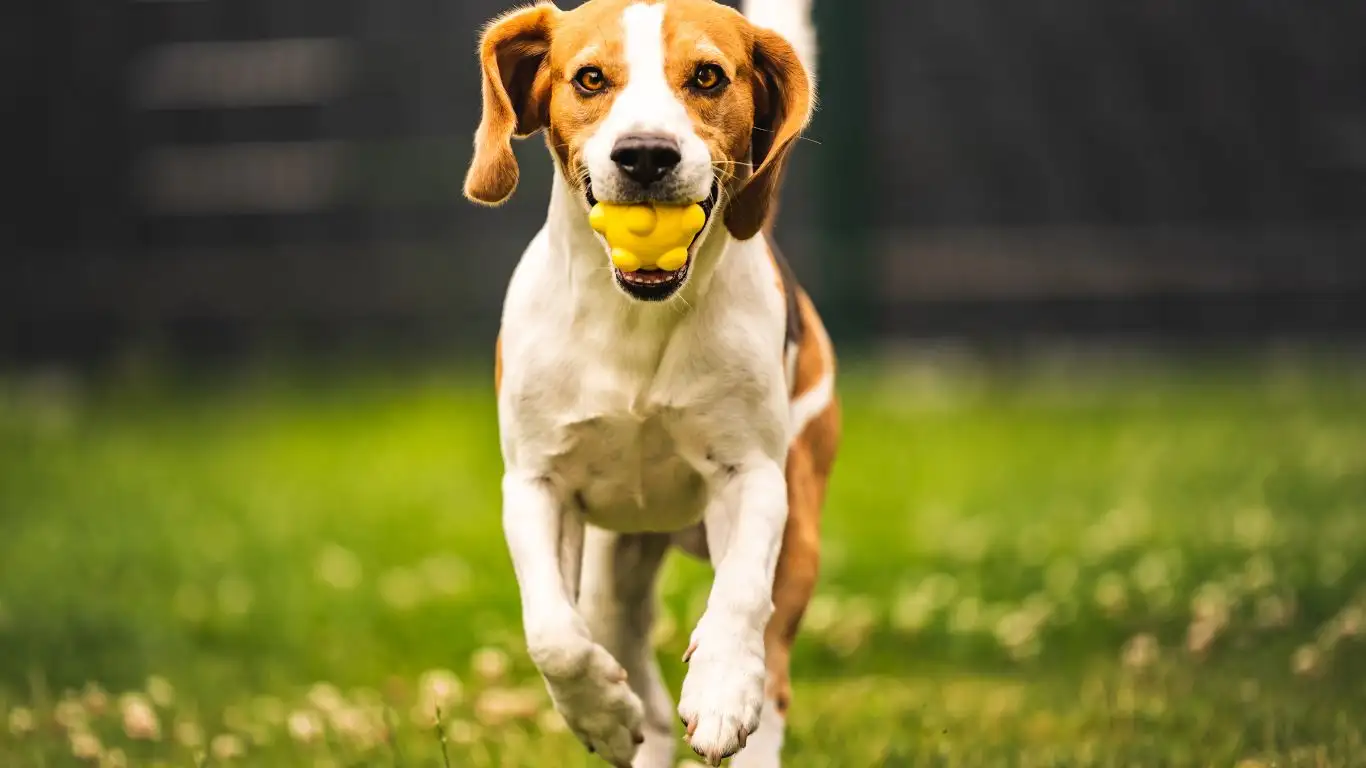
First things first, dogs aren’t being “bad” when they resource guard. This behavior is rooted in instinct. In the wild, guarding food was a matter of survival. While our dogs might now be curled up on designer dog beds with premium kibble, those old instincts don’t just disappear.
From my experience, especially with dogs working in therapy environments, this behavior can often be subtle before it becomes dramatic. Sometimes it’s just a stiffened body, a side-eye, or even a quick lip lick. Other times, it’s a full-on growl or snap. Knowing what to watch for is half the battle.
Common Triggers for Resource Guarding
- Food bowls, especially during mealtimes
- Treats or chews (bully sticks are a big one!)
- Toys or bones, especially high-value ones
- Even people or spaces — yep, I’ve seen dogs guard their favorite human
In therapy dog training, we often look for any signs of resource guarding early, because a dog that guards in a hospital or school setting can pose a real risk. But honestly? This is just as crucial at home with kids or guests around.
Early Warning Signs You Shouldn’t Ignore
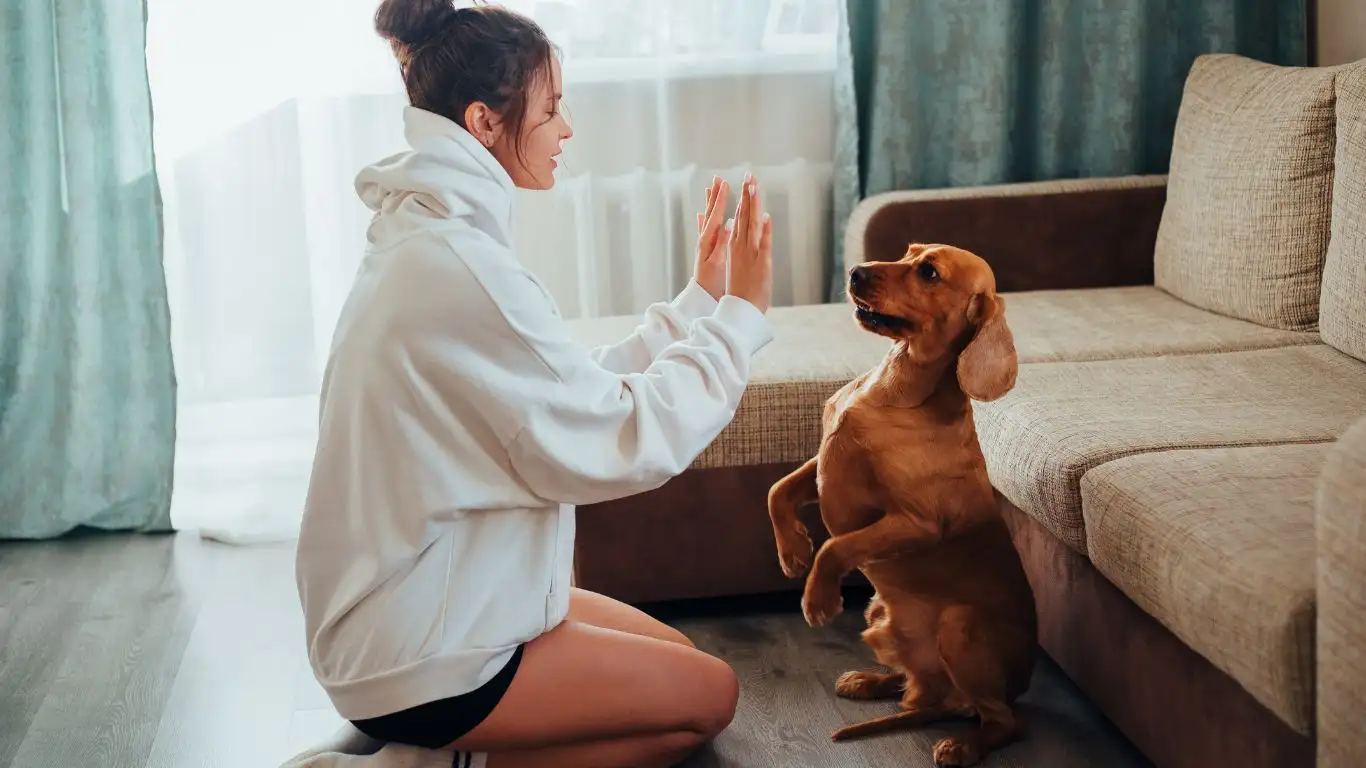
Resource guarding doesn’t usually start out of nowhere. There are signals, and they’re easy to miss if you’re not tuned in. I remember a sweet golden retriever named Baxter — a therapy dog candidate. His owners thought he was totally chill until he started growling when their toddler wandered near his bowl. When we reviewed their footage (yes, they actually had a pet cam!), we spotted months of subtle warning signs they’d just overlooked.
Watch out for behaviors like:
- Freezing — a sudden stillness when someone approaches the dog’s food or chew
- Staring — locking eyes or giving a “whale eye” (when you can see the whites of the eye)
- Growling or snapping — especially when you try to take something away
- Eating faster when someone comes near — classic sign of anxiety over losing their food
Recognizing these early signs is key. The sooner you start working with your dog, the easier it is to redirect and reshape that behavior.
How to Train a Dog to Stop Resource Guarding Food: Step-by-Step Foundation
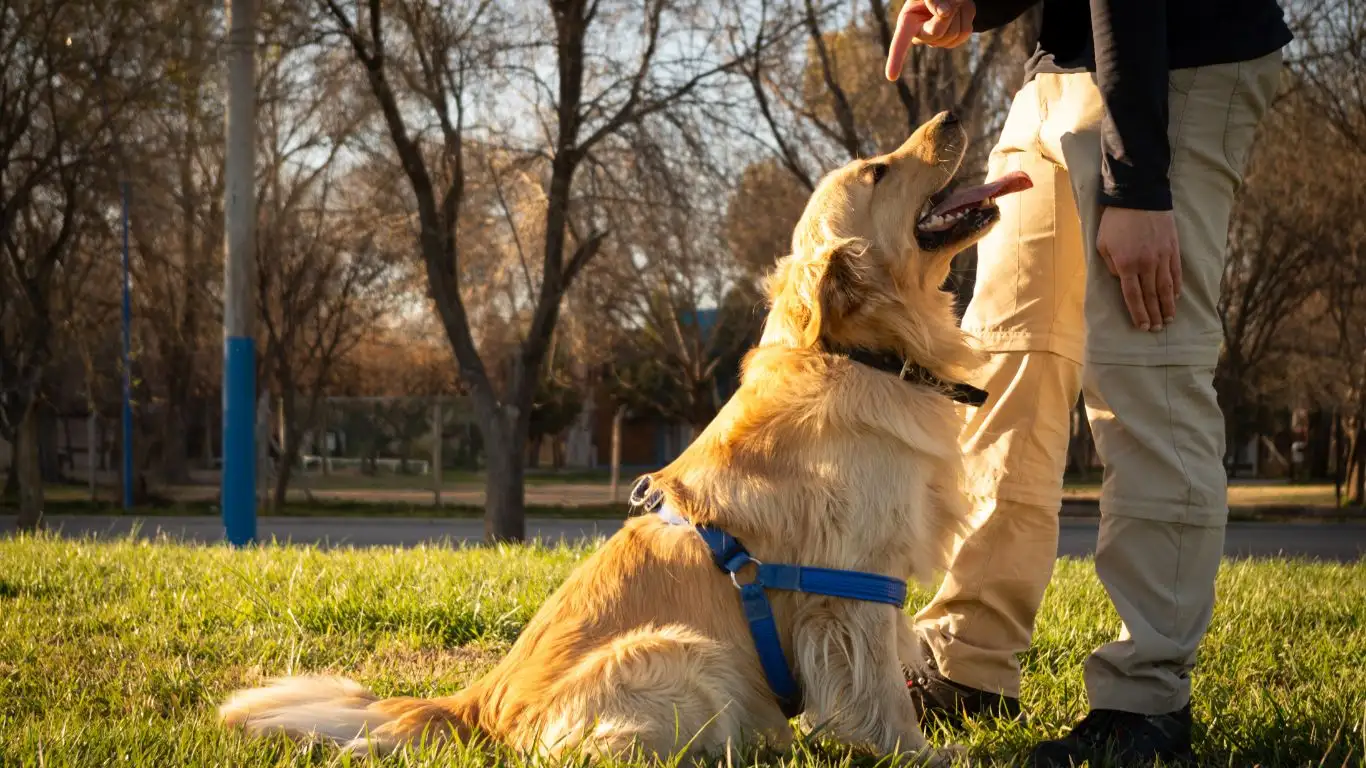
Here’s the thing: you don’t “punish away” resource guarding. You teach your dog that there’s no need to feel threatened. I always tell my clients — your job is to show your dog that humans approaching their food means something good is about to happen, not that they’re about to lose something precious.
Start With the Right Environment
Don’t jump straight into trying to take their food bowl. Instead, set the stage:
- Feed your dog in a quiet, low-stress area
- Make sure no one (especially kids!) rushes them while eating
- Avoid sudden movements or hovering — especially in the beginning
Begin the Desensitization Process
This is where the magic happens. You’re going to gradually teach your dog that your presence near their food is a positive, not a threat.
- Start with an empty bowl. Walk by and toss a high-value treat in (think cheese or chicken).
- Repeat this a few times a day — no pressure, no touching the dog or bowl.
- Once your dog is visibly excited when you approach the bowl, start adding food to it and repeating the treat toss while they’re eating.
- Gradually, start getting a little closer. Sit near them, then toss. Later, gently drop the treat into the bowl.
When I was working with a rescued shepherd mix named Luna, this method completely changed her relationship with her humans during mealtimes. They went from needing to leave the room while she ate to calmly sitting beside her as she licked her bowl clean — tail wagging the whole time.
Patience Pays Off
Progress isn’t linear. Some days will feel like setbacks. That’s okay. The goal here is trust — to make your dog feel safe, not controlled. And trust takes time.
Coming up, I’ll dive deeper into advanced desensitization techniques, how to involve family members in the training, and what NOT to do (seriously, some common advice out there can make things worse). But for now, just remember this — the goal isn’t just to stop guarding. It’s to make your dog feel so secure they don’t feel the need to guard anything at all.
Advanced Desensitization Techniques for Food Guarding
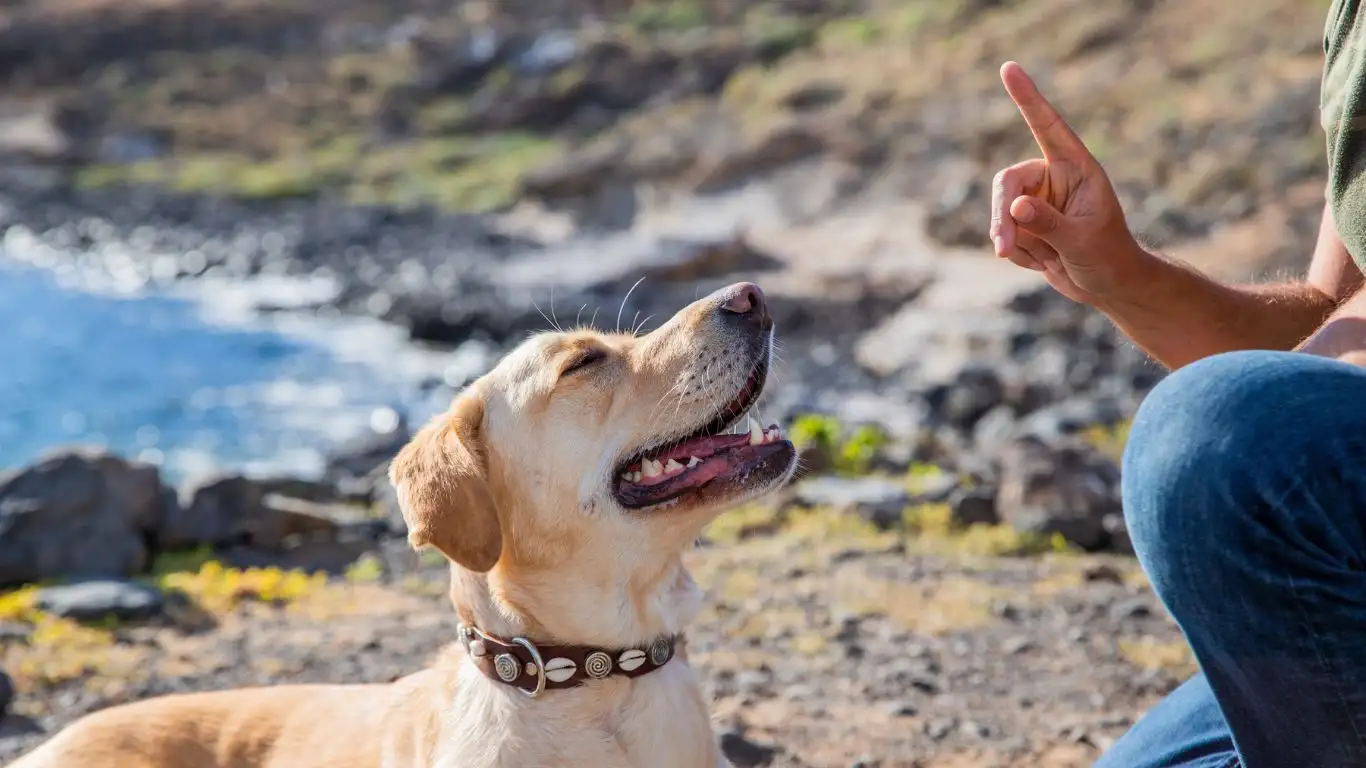
Alright, so now that your dog is getting comfortable with you being near their food, it’s time to take things a bit further. This is where I usually see progress really start to show — but also where a lot of folks accidentally rush. And trust me, I get it. When you see signs of improvement, it’s tempting to leap ahead. But with resource guarding, moving too fast can undo days (or weeks) of hard-earned trust.
Let me give you an example from my own training days. I worked with a lab mix named Murphy who had a serious food guarding issue. We followed the basics: treat toss, safe distance, gradual approach. But one day, his human got excited and decided to hand-feed him straight from the bowl. Boom — instant regression. Murphy snapped, and the trust we’d built took a hit. Lesson? Go slow. Let your dog set the pace.
Adding Movement and Handling (Slowly)
Once your dog is chill with you nearby during meals, try this:
- Start standing a few feet away, casually moving around. Toss a treat every few steps.
- Then, practice walking past while they’re eating and dropping a treat as you go by.
- Later, sit near the bowl and gently touch it while adding a treat — always associating your hands with something good.
Pro tip: Avoid taking the bowl away during this phase. Too many people try to “test” progress by removing the bowl. That’s like poking a bruise to see if it still hurts. Spoiler: it does.
Introduce a Cue Word
In therapy training, I always used a cue like “Easy” or “Thank you” to signal that something was being taken away, paired with a reward. This helped dogs predict what would happen next — and dogs love predictability.
Here’s how to build it in:
- Say the cue gently, then drop a treat near the bowl.
- Repeat during every meal session.
- Eventually, you can say the cue, offer a trade (like a better treat for the bowl), and your dog will start anticipating something positive.
How to Train a Dog to Stop Resource Guarding Food Around Other People
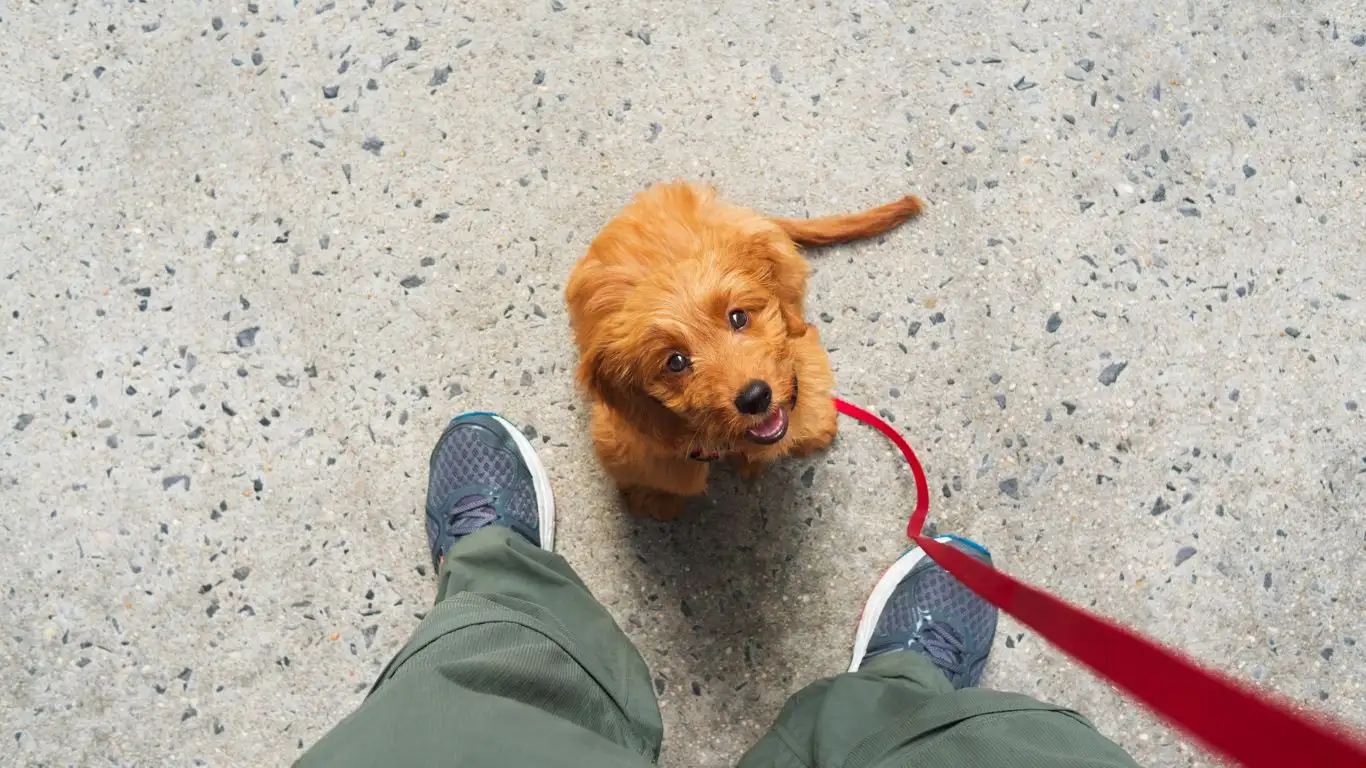
Here’s where it gets real — involving other family members. If your dog only trusts you near their food, that’s a great start… but we want them to feel safe around everyone. Especially if you’ve got kids, roommates, or guests regularly dropping by.
Let Others Join the Training
Once your dog is calm with you, have a second person start the same process — at a distance first. I’ve coached families through this, step-by-step:
- Person walks by at a distance → tosses treat.
- Gets closer over days → sits nearby → drops treat in bowl.
- Eventually, the dog begins to associate everyone with rewards around food.
It’s important to coach people in the house on dog body language. I’ve had clients print cheat sheets and stick them on the fridge — things like “tail stiff = pause” or “licking lips = stress.” The more everyone is tuned in, the better the results.
What About Kids?
Kids and resource guarding don’t mix without serious supervision. Period. I never recommend letting a child approach a dog while it’s eating, even once progress has been made. Instead:
- Let the child toss treats from a distance with you guiding them.
- Teach them the “no touch while eating” rule early on.
- Make feeding time a calm, distraction-free moment.
One of my most heartwarming success stories? A little boy named Eli and his rescue pit mix, Rosie. Rosie had severe guarding issues at first, but through supervised sessions, Eli became part of the solution. He’d drop treats into a chute (yep, a plastic tube) that landed in Rosie’s bowl, keeping a safe distance while still being part of the training. She eventually wagged her tail every time she saw him coming — food bowl or not.
Big No-Nos That Can Make Resource Guarding Worse
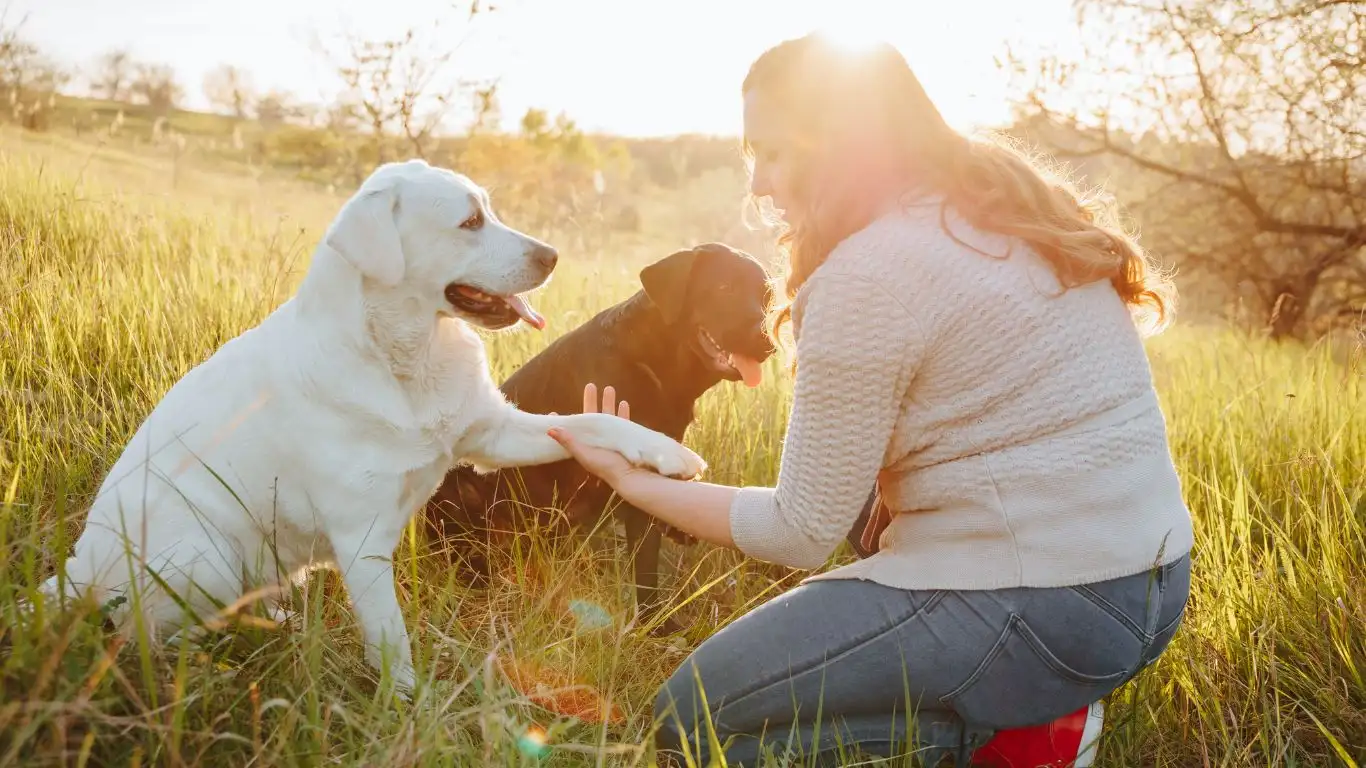
This part’s important. I’ve seen so many well-meaning dog parents (even some trainers, unfortunately) make mistakes that escalate guarding behavior instead of solving it. If you’re serious about learning how to train a dog to stop resource guarding food, avoiding these common errors is just as critical as doing the right things.
Don’t Punish the Warning Signs
If your dog growls, that’s communication. It’s a warning — not aggression. When you punish a growl, you’re not fixing the problem. You’re just removing the warning, and that’s dangerous. Instead, ask yourself: Why did my dog feel unsafe in that moment? Then adjust your approach.
Avoid “Dominance-Based” Tactics
I know we’ve all heard the outdated advice: “Be the alpha,” “Take the food to show who’s boss,” or “Make them submit.” I cringe every time. Not only are these methods unnecessary, but they often backfire badly. You’re not building trust with your dog — you’re creating fear. And fearful dogs are more likely to bite, not less.
Instead, focus on positive associations, communication, and consistency. That’s the foundation for real behavior change — and a relationship built on mutual respect, not intimidation.
Don’t Rush to “Test” Progress
This one’s tough. It’s natural to want to check if your dog is “fixed.” But repeated tests — like reaching for the bowl or hand-feeding — can break that fragile progress. Let trust build over time. You’ll know it’s working when your dog relaxes around food without watching you like a hawk.
In the next section, we’ll dive into how to handle unexpected setbacks, what to do when your dog guards things other than food (like toys or even people), and how to create a safe home environment where everyone — dogs and humans — can thrive together.
When Resource Guarding Extends Beyond Food
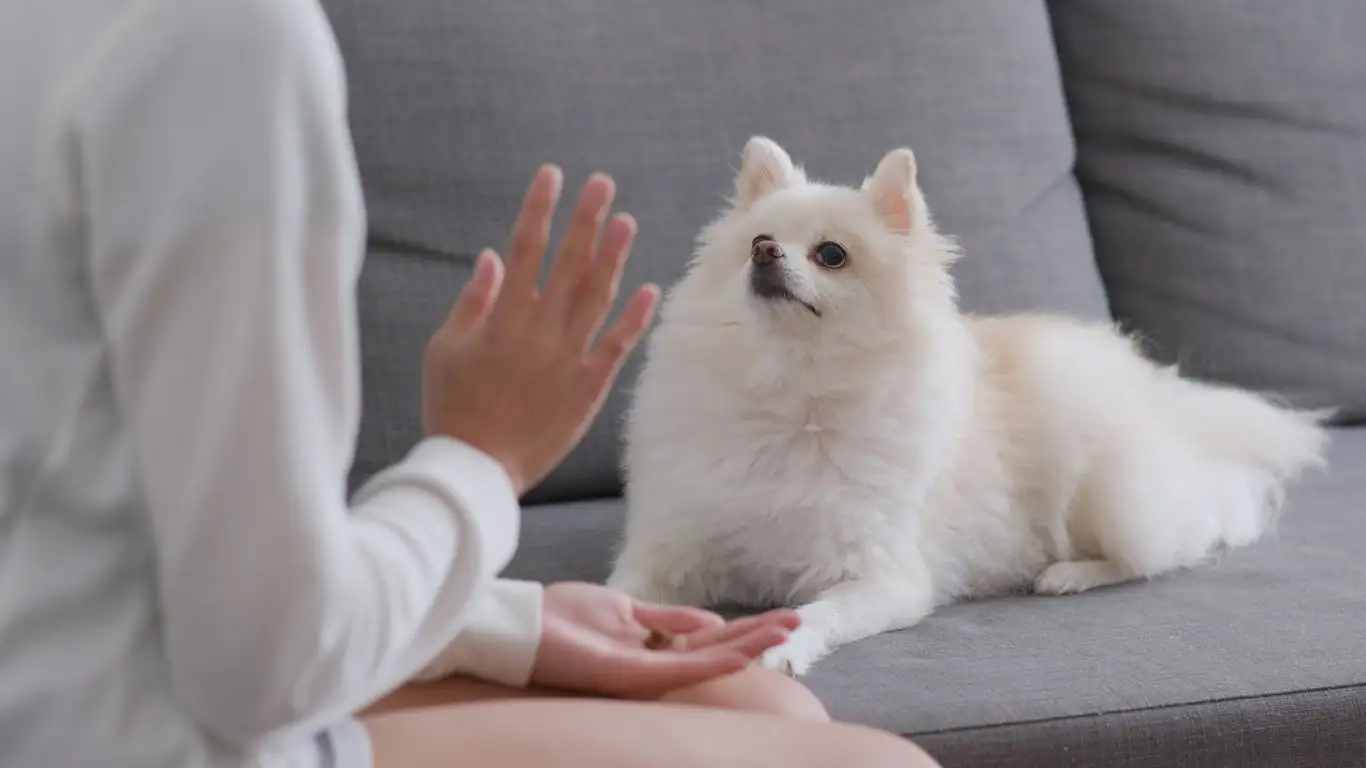
So you’ve worked through your dog’s food guarding and you’re seeing solid progress — awesome! But here’s something I’ve learned over the years: resource guarding doesn’t always stick to the food bowl. Sometimes, it shifts. Toys, beds, chews, even people can become guarded resources.
I remember working with a therapy dog in training, a border collie named Scout. He was fantastic with food — not a single issue. But give him a squeaky toy? He’d curl around it like a dragon with treasure. It caught his foster family completely off guard, and that’s why I always say — stay observant. Guarding can pop up in unexpected ways.
How to Handle Non-Food Resource Guarding
The approach is similar, but the triggers and context can differ. With toys, it’s often about excitement or anxiety. With people, it can stem from attachment insecurity.
- Toys/Chews: Practice “trading up” by offering a better item (like chicken or a special toy) in exchange. Always say a cue word like “Trade” so they begin to associate the act with reward, not loss.
- Beds or resting spots: Encourage your dog to move with positive reinforcement — like luring them away with a treat and rewarding them when they follow. Never physically force them off.
- Guarding people: This one can be trickier. Dogs may guard a person by growling or lunging when others approach. Focus on desensitizing the behavior and reinforcing calm behavior with exposure training. Involve a certified behaviorist if needed.
The key takeaway? Always manage the situation calmly. Avoid confrontation, and look for ways to redirect and reframe your dog’s experience in a positive way.
What to Do When Setbacks Happen
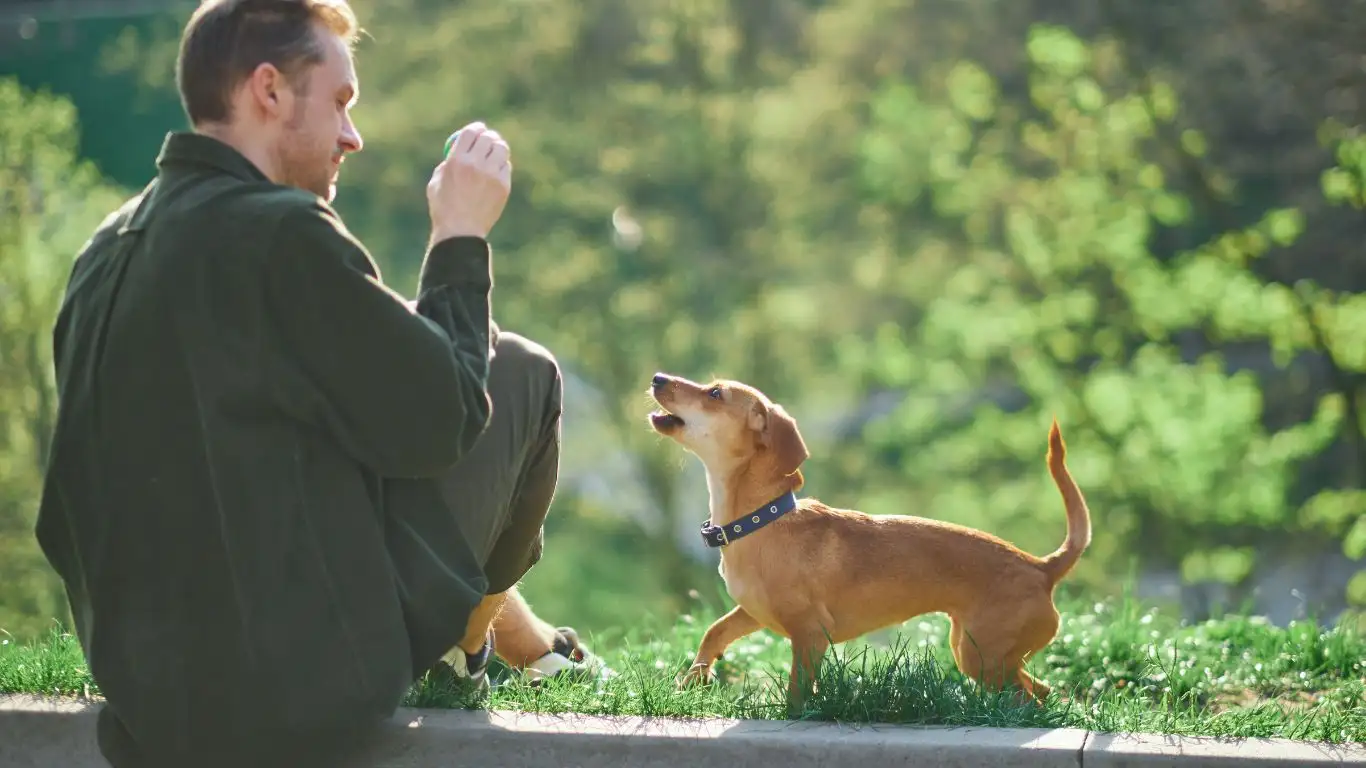
If there’s one universal truth in dog training, it’s this: setbacks are going to happen. Your dog might snap one day after weeks of calm progress. Maybe someone accidentally startles them mid-meal, or they regress during a stressful life event (like moving or the arrival of a new pet or baby). It’s normal.
Here’s what I usually tell my clients when they hit a bump:
Stay Calm and Avoid Overreacting
It’s easy to feel discouraged or even scared if your dog shows a guarding response again. But panicking or punishing the dog will only make things worse. Take a deep breath, give them space, and reflect on what triggered the moment.
Rewind the Training a Few Steps
Think of it like a video game — if you fail a level, you don’t quit. You just restart and go back a little. Go back to the treat toss at a distance or feeding in a stress-free zone. Often, dogs just need a short reset before they bounce back stronger.
Consider Professional Help
If the guarding becomes aggressive or unmanageable, don’t try to power through alone. Reach out to a certified dog behaviorist or a positive reinforcement trainer who specializes in aggression. A few targeted sessions can make a world of difference. You can find qualified experts through organizations like PetMD or AKC.
Creating a Safer Home for Everyone
Ultimately, your goal isn’t just to “fix” a behavior — it’s to create a living environment where everyone feels safe and respected, including your dog. That means setting up boundaries, educating the humans in the household, and building in routines that support your dog’s sense of security.
My Go-To Safety Tips for Households With Guarding Dogs
- Use baby gates or crates during meals to give your dog a calm, undisturbed space
- Feed high-value chews in a separate room to avoid conflicts between pets or guests
- Don’t let guests approach a dog mid-meal, even if they “seem fine” — it’s just not worth the risk
- Supervise kids 100% of the time when dogs are eating or chewing anything
In therapy work, we’re obsessive about setting dogs up to succeed. At home, you can adopt the same mindset — make your home a training ground for safety, not just obedience.
Resources I Trust for Ongoing Training
As someone who’s spent years immersed in dog behavior, I can tell you that no single article (even one this in-depth!) can replace hands-on experience or professional insight when it comes to more serious cases of guarding. But here are some of my most trusted sources for learning more:
- PetMD – great breakdowns of behavioral topics and medical factors
- AKC – especially useful for breed-specific behavior tendencies
- Health.com – solid information on the impact of canine behavior on human mental wellness
- NIH – for science-backed studies on animal behavior and therapy impact
Disclaimer
This article is based on professional experience and best practices from the field of canine behavioral therapy. It is intended for educational purposes only and should not replace advice from a certified veterinary behaviorist or professional dog trainer. If your dog is showing severe aggression or guarding behavior, consult a qualified expert immediately.

